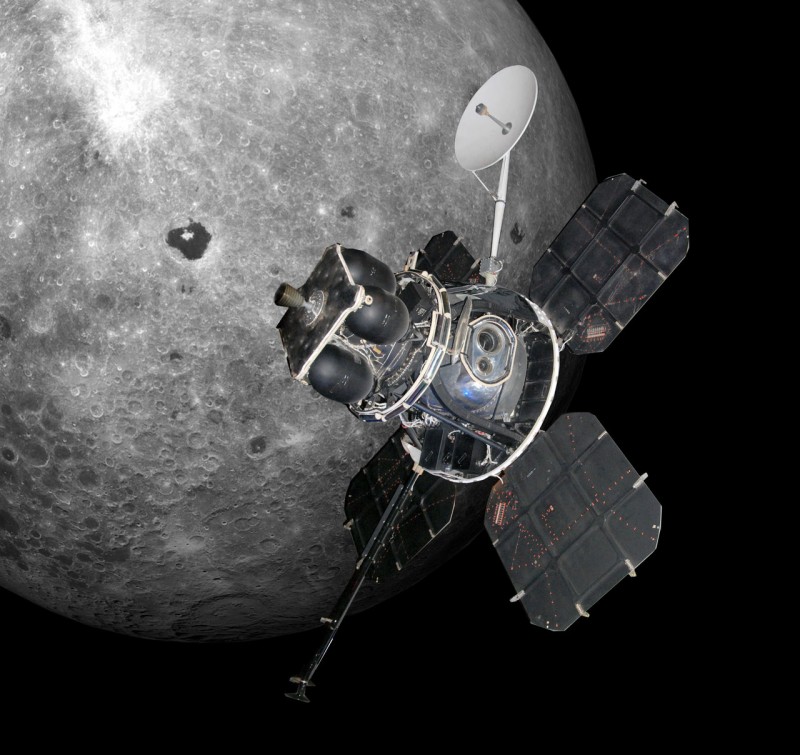
USA: Lunar Torch, a 14 kg CubeSat built by NASA, will help in the search for hidden water ice on the Moon. It is the first mission to search for water in the permanently shadowed regions on the Moon's south pole using a four-laser reflectometer.
At 3:37 am ET (2:07 pm IST), the CubeSat will launch from the Cape Canaveral Space Force Station on a SpaceX Falcon 9 rocket.
The mission to demonstrate the technology is called Lunar Flashlight. For the first time, it will test active laser spectroscopy, which uses multiple different colored lasers to look for water ice beneath the lunar regolith, which is made of shattered rock and dust.
Information collected by Lunar Torch will be linked to other lunar missions, to map the distribution of water ice on the lunar surface.
Also Read: Supermassive black hole brutally destroys a star and unleashes an incredibly bright jet
The near-infrared wavelengths used by reflectometers are readily absorbed by water.
If light is absorbed, ice may be present in the lunar region. The increase in light absorption suggests that there may be more ice on the lunar surface.
However, if the lasers strike bare rocks, the light will be reflected back to the spacecraft, indicating that there is no ice.
Due to its small size and limited fuel capacity, Lunar Flashlight cannot be launched into orbits that require a lot of fuel.
Also Read: Apple Releases iOS 16.1.2 Update; Improves Crash Detection on iPhone 14 Series
It will join the Cislunar Autonomous Positioning System Technology Operations and Navigation Experiment (CAPSTONE), the first to reach a near-rectilinear halo orbit, and dock there.
The flashlight will come within 15 km radius of 15 km above the south pole of the moon.
Also Read: Tencent's League of Legends spin-off wins an Apple award
As the first interplanetary spacecraft to be powered by "green propellant", Lunar Torch will be able to travel farther and longer.
Additionally, this fuel requires less personal protective gear, such as gloves, lab coats and goggles, and is safer to transport. Compared to commonly used propellants such as hydrazine, it is also easier to store.
Lunar Flashlight will separate from its parent Falcon 9 rocket 50 minutes after liftoff. It will take about three months for the spacecraft to enter its desired near-rectilinear halo orbit.
During its primary mission of eight months, it will complete ten orbits around the Moon, but the exact number depends on the fuel supply.
According to Roger Hunter, program manager for Small Spacecraft Technology, "The launch of Lunar Torch with multiple small satellite missions aboard Artemis 1 could support scientific discoveries as well as future missions to the lunar surface."